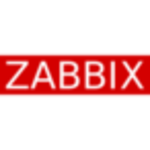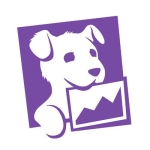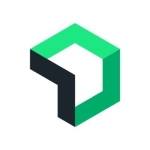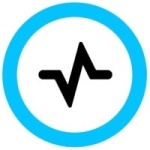Our development group has started using Dynatrace extensively. It helps them find bottlenecks caused by code.
The topology map is extremely useful. The dashboarding capabilities are unmatched. From a management perspective, I have a single pane of glass view to my entire environment.
Possibly include some network monitoring capabilities. I honestly feel the product already has everything we would need.
Three to five years.
We were using New Relic, but we never got the full picture of our production environment. Their pricing model was an issue, too. We were unable to put all our servers on their tool due to the high cost. So, we were limited in what we could do. Their dashboard was almost non-existent. It would require us to build our own which we did not want to do. Installation complexity and maintenance were also an issue.
Dynatrace claimed to be super simple, and we thought let us try it. Honestly, we were amazed by how simple it really is. The other motivation was the design of the product itself. Everybody can show charts and metrics, but Dynatrace’s infographics are amazing. The dashboarding is simply best in class.















